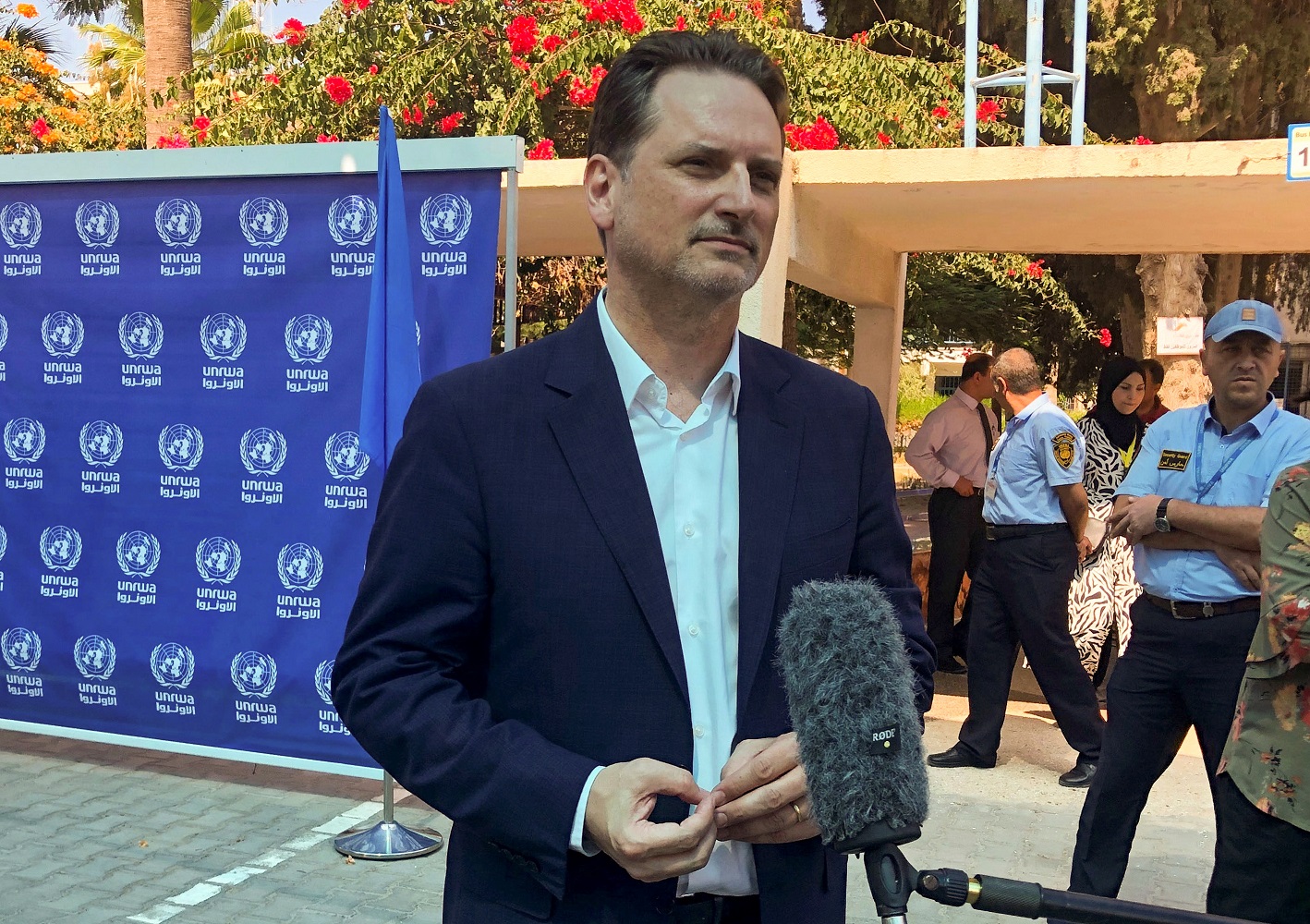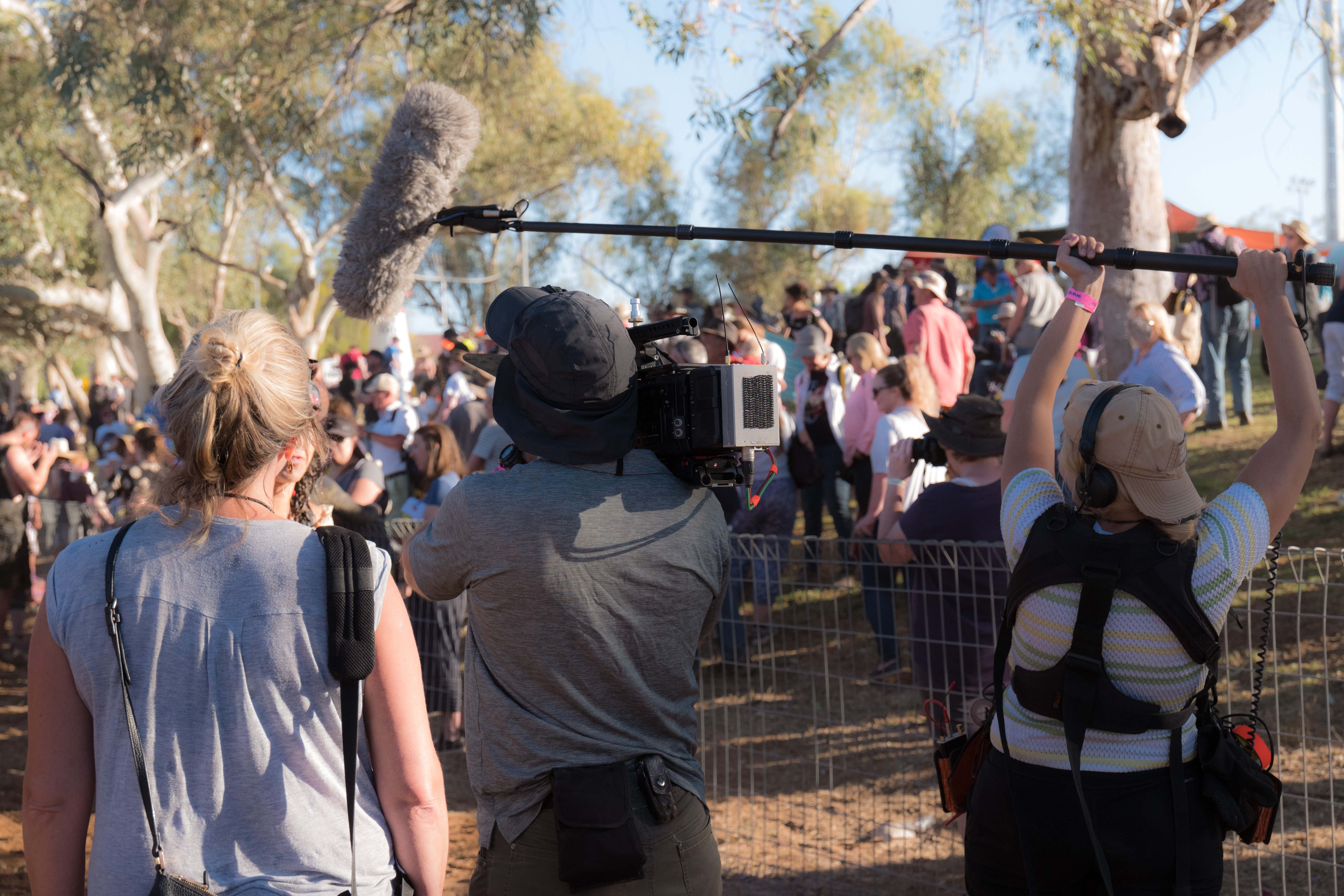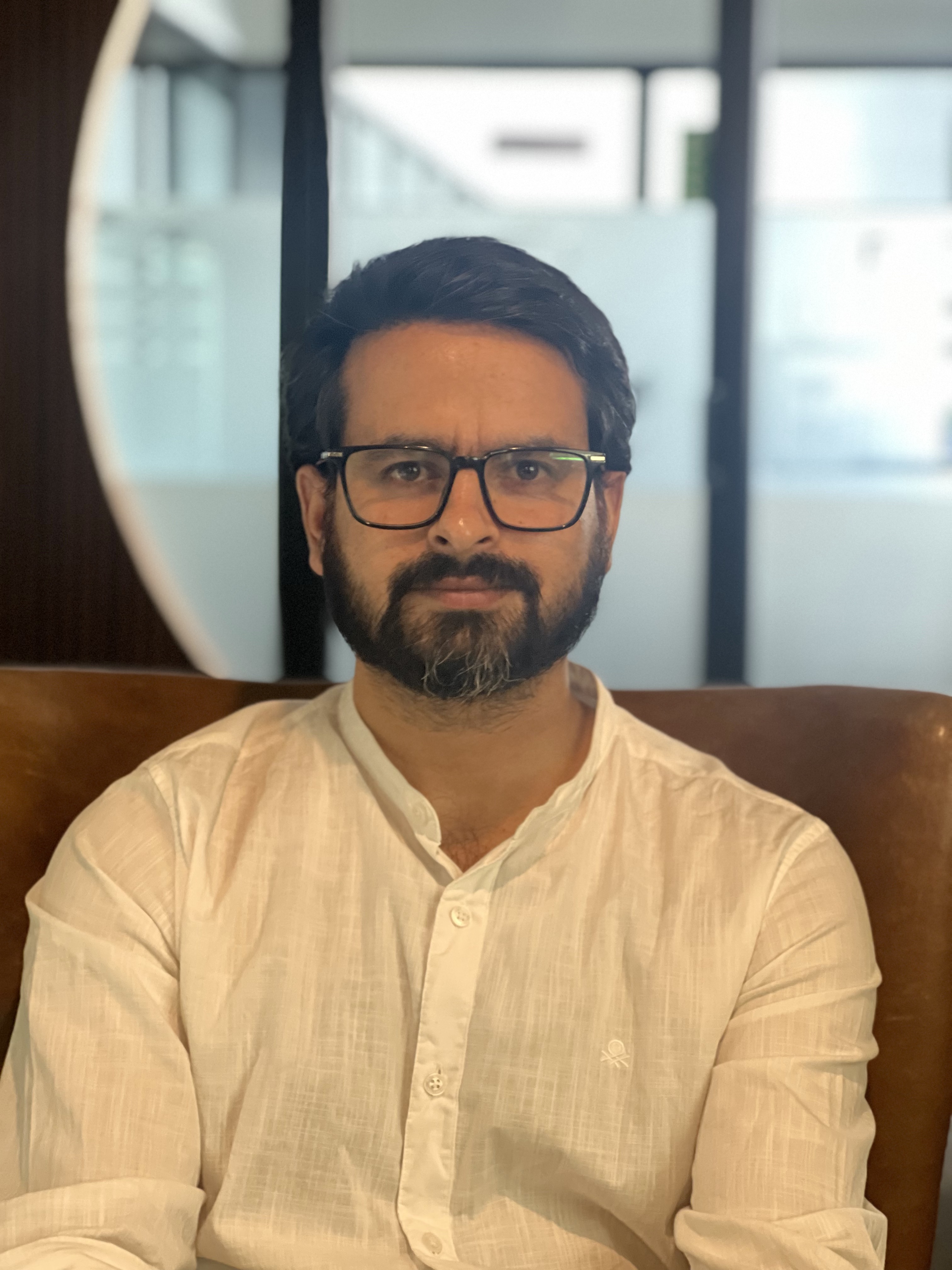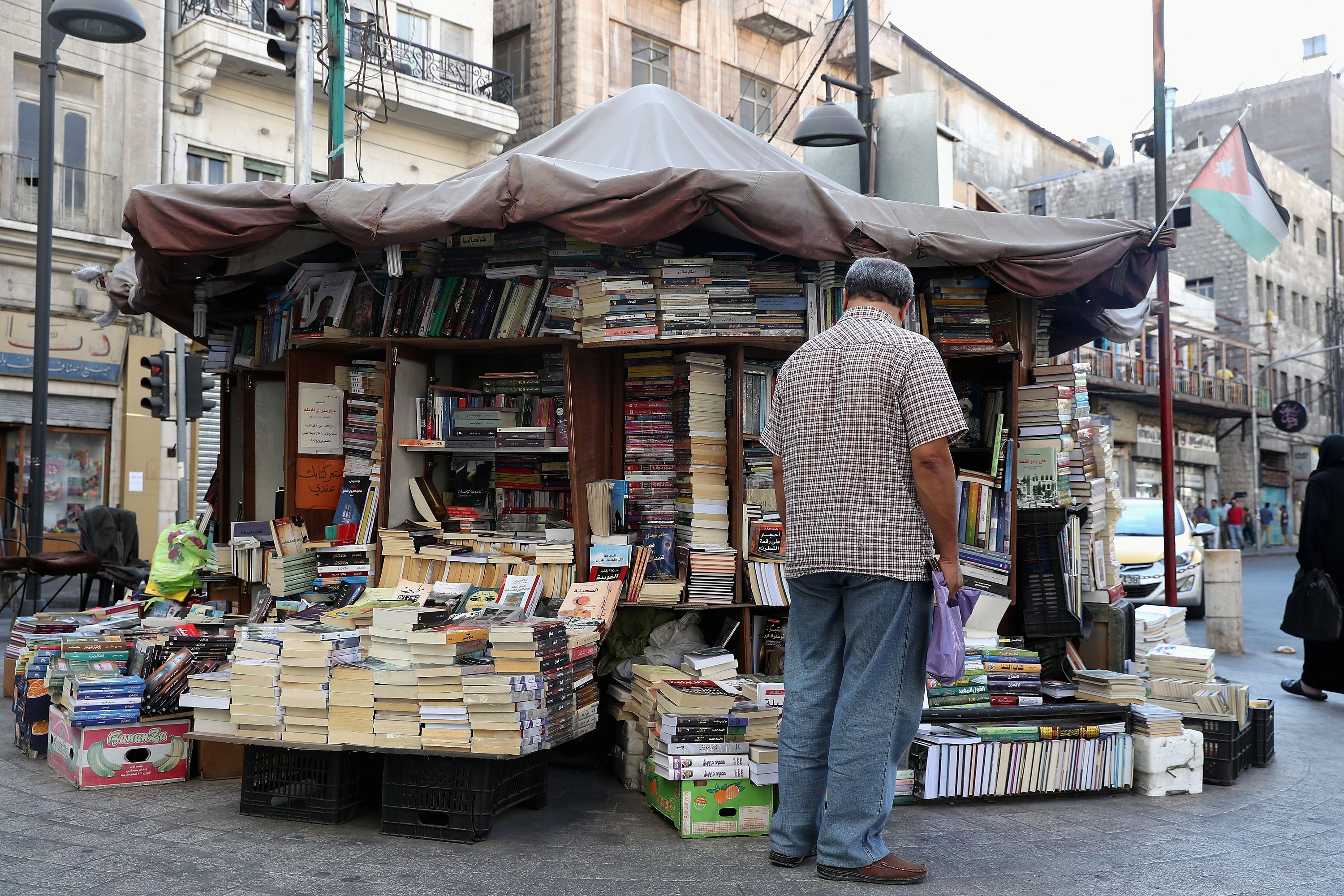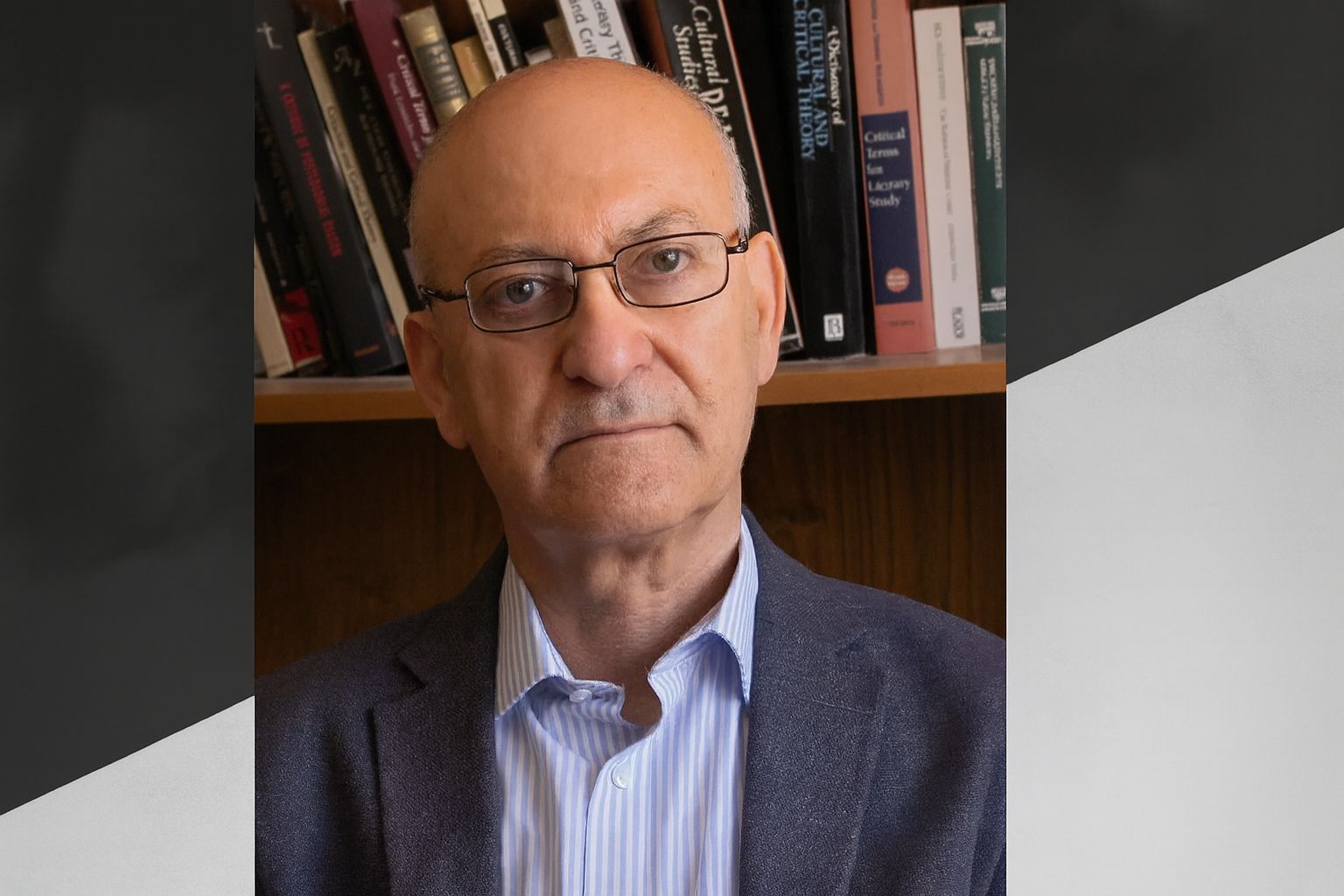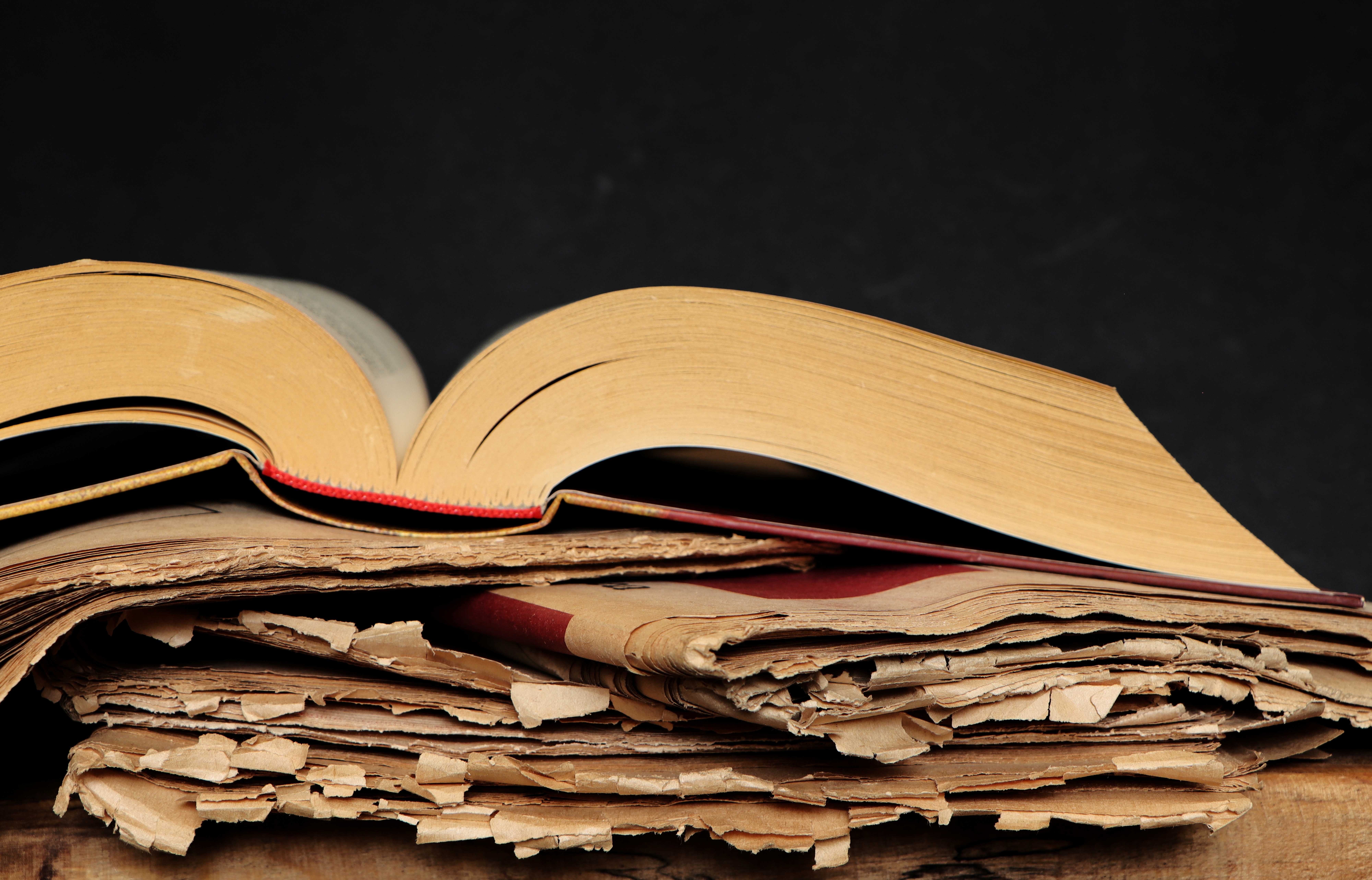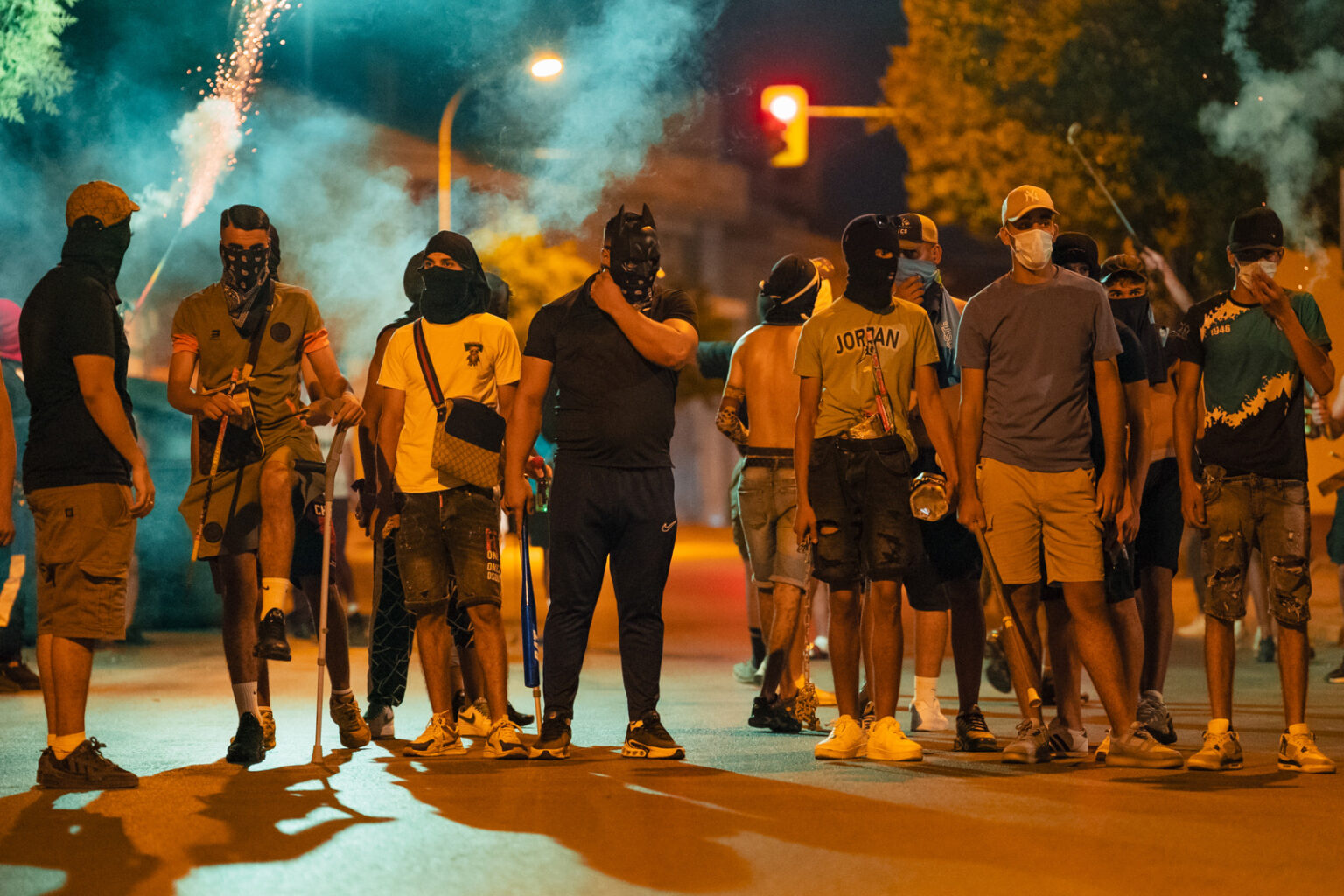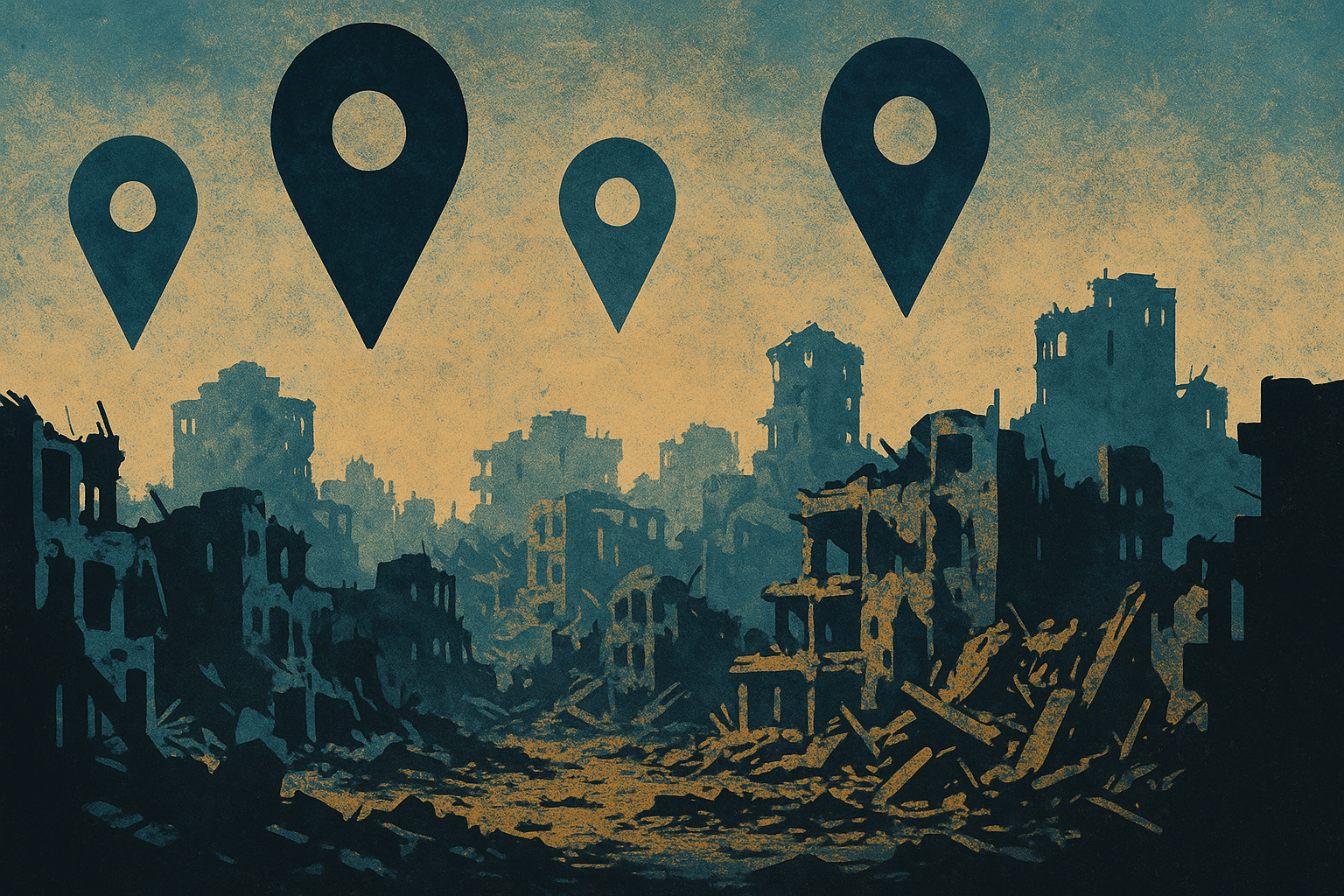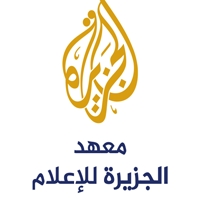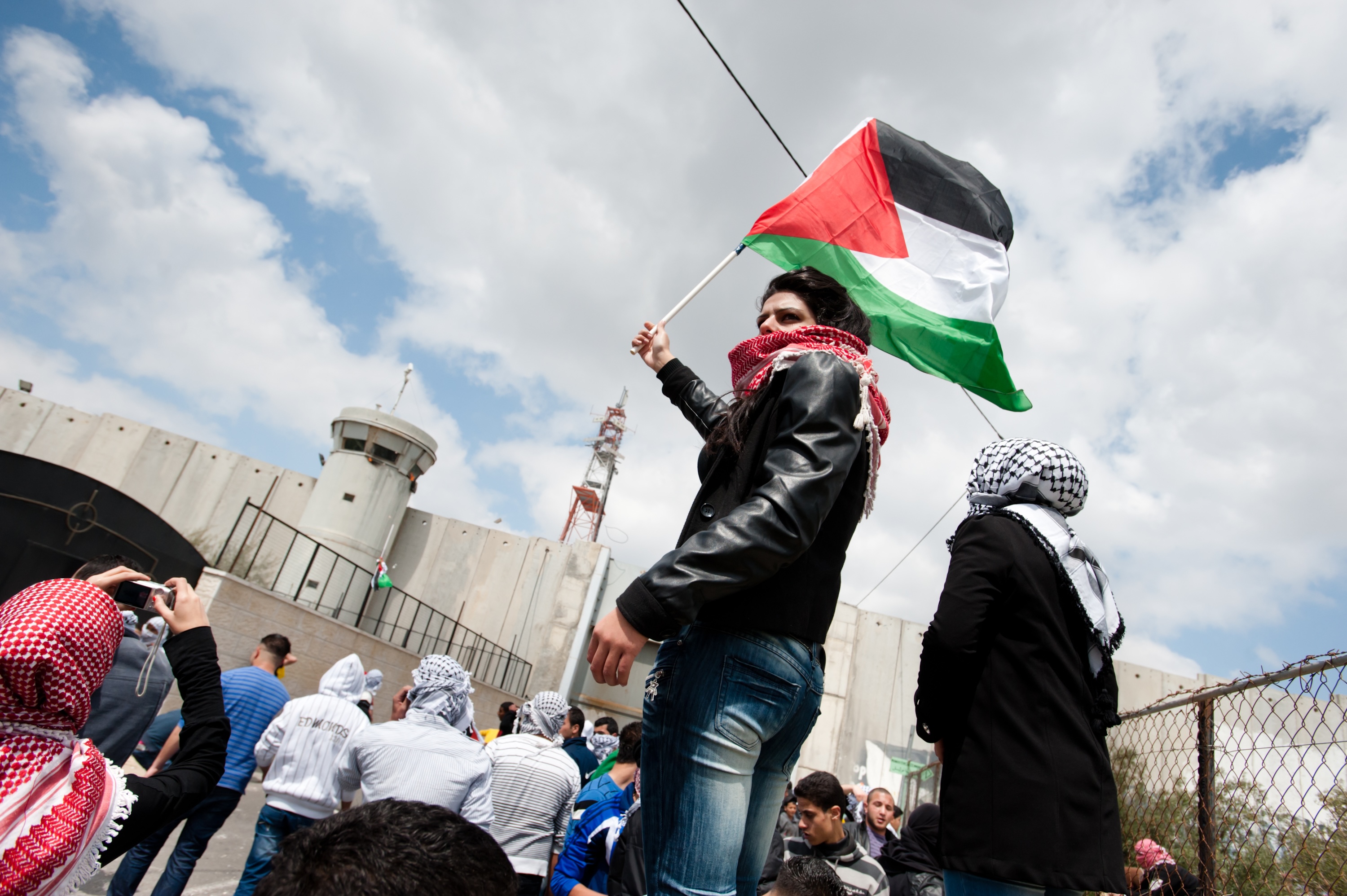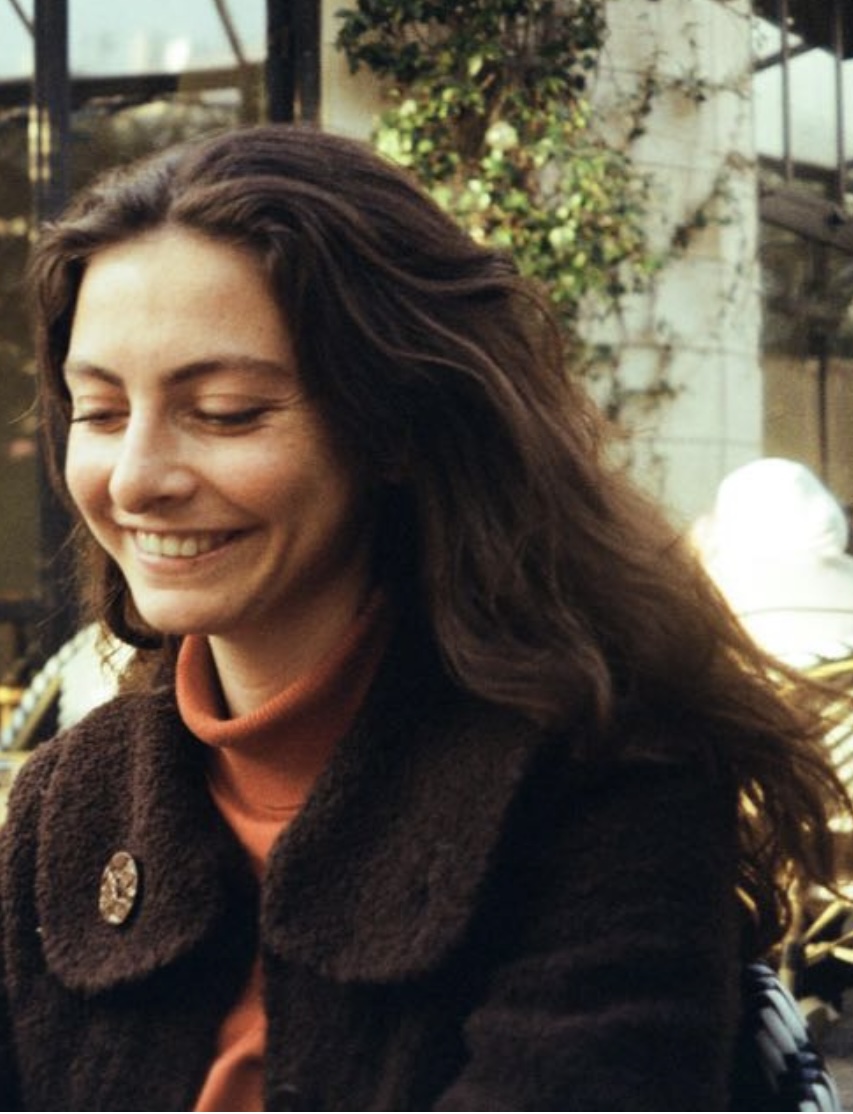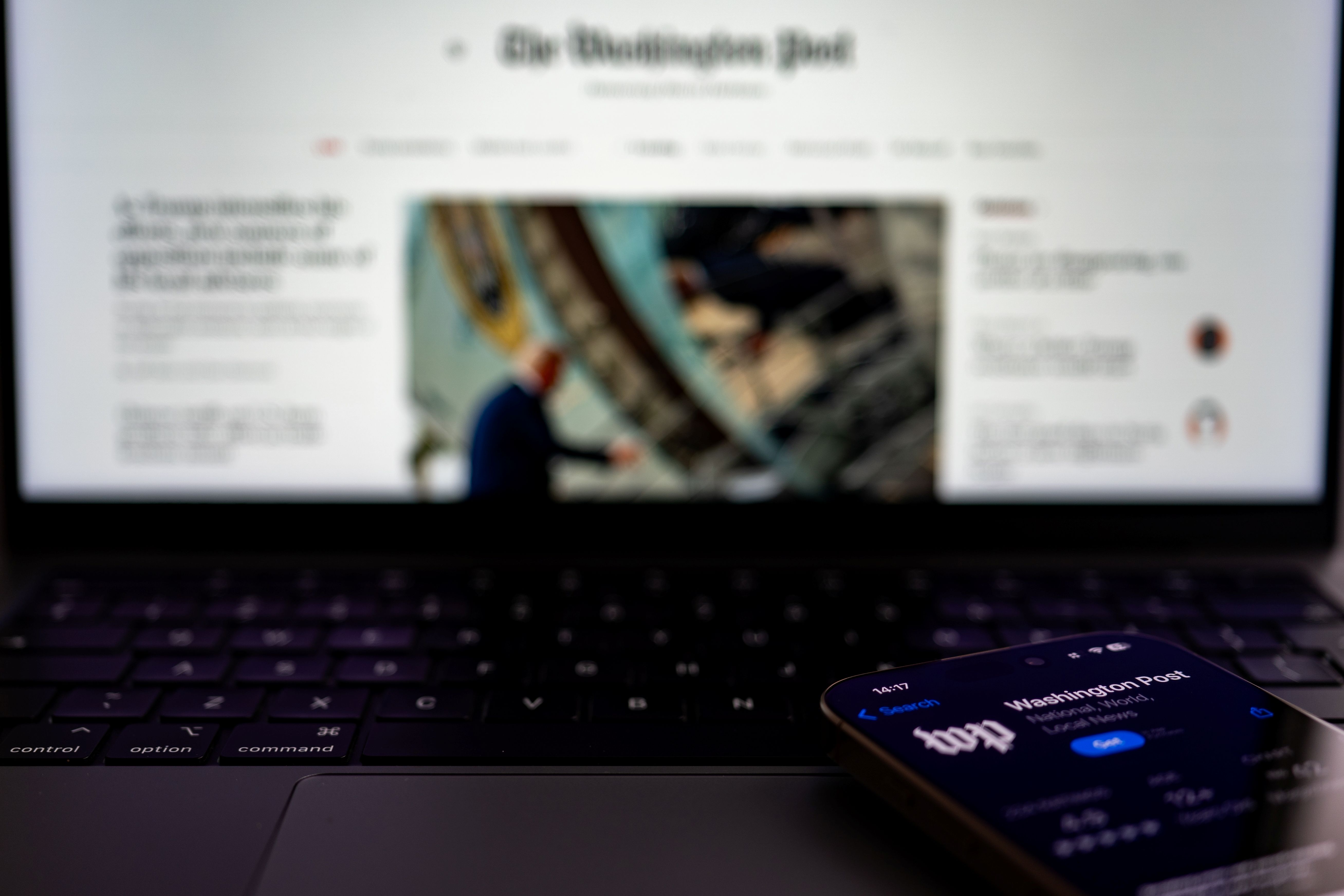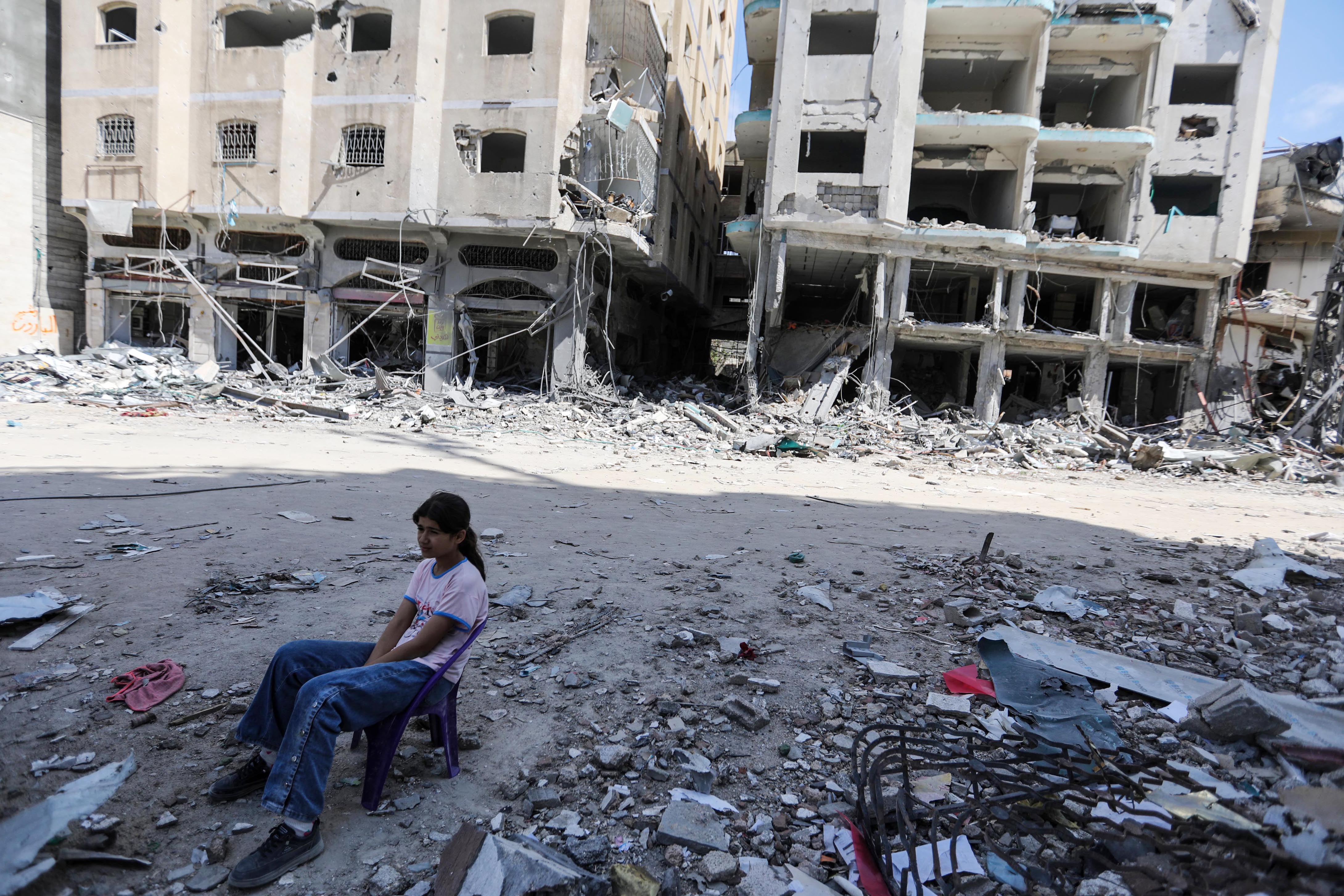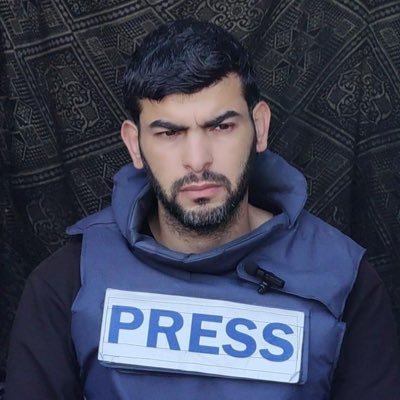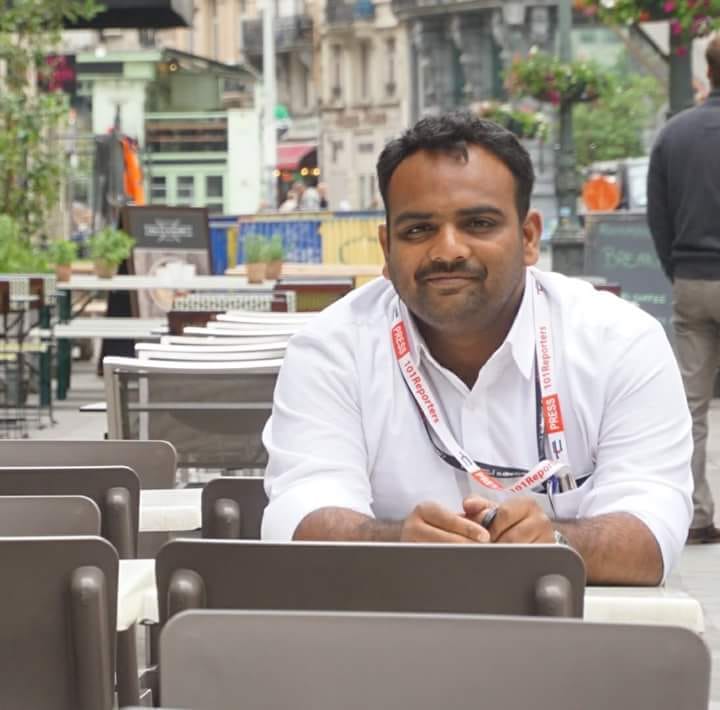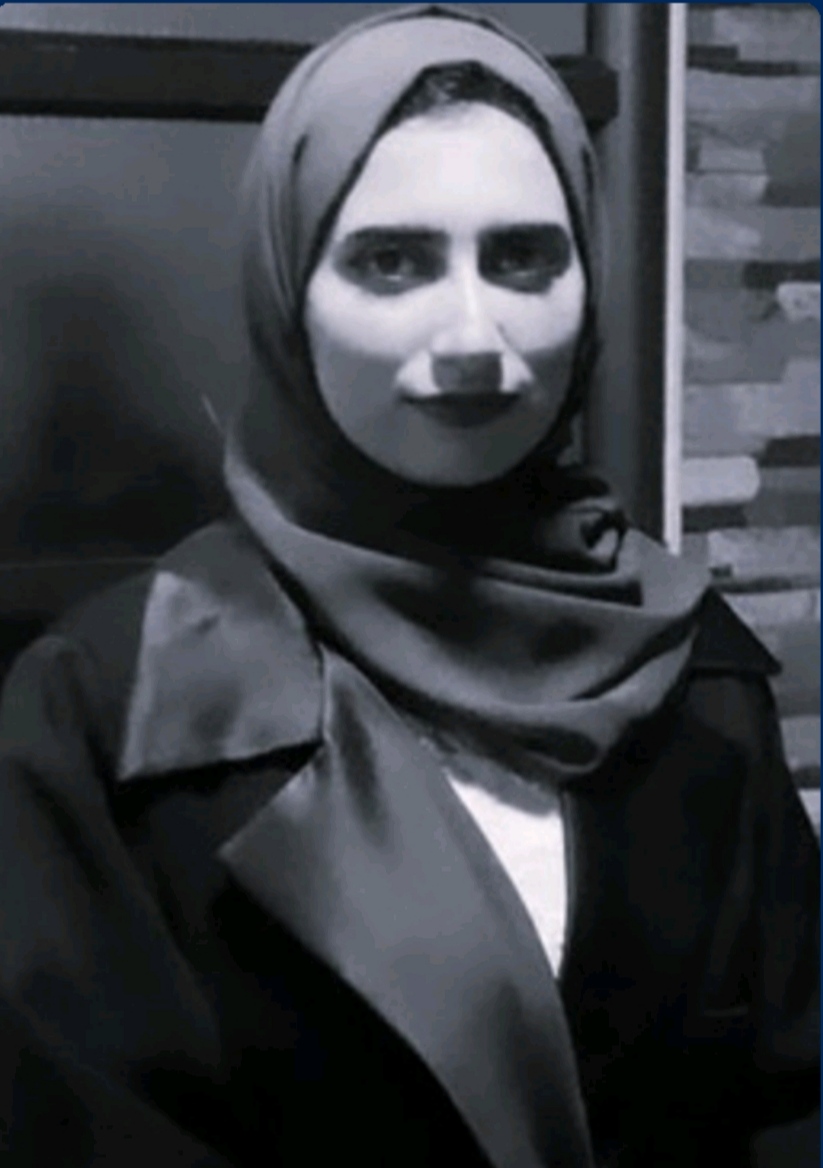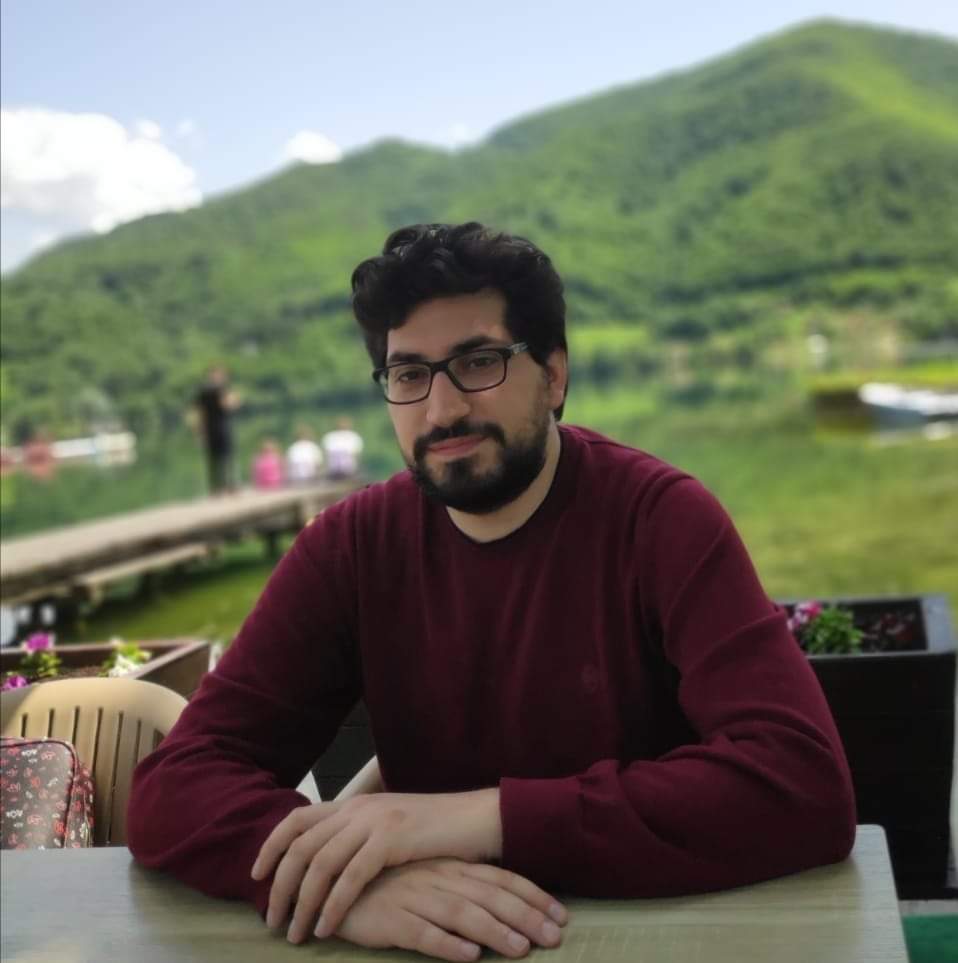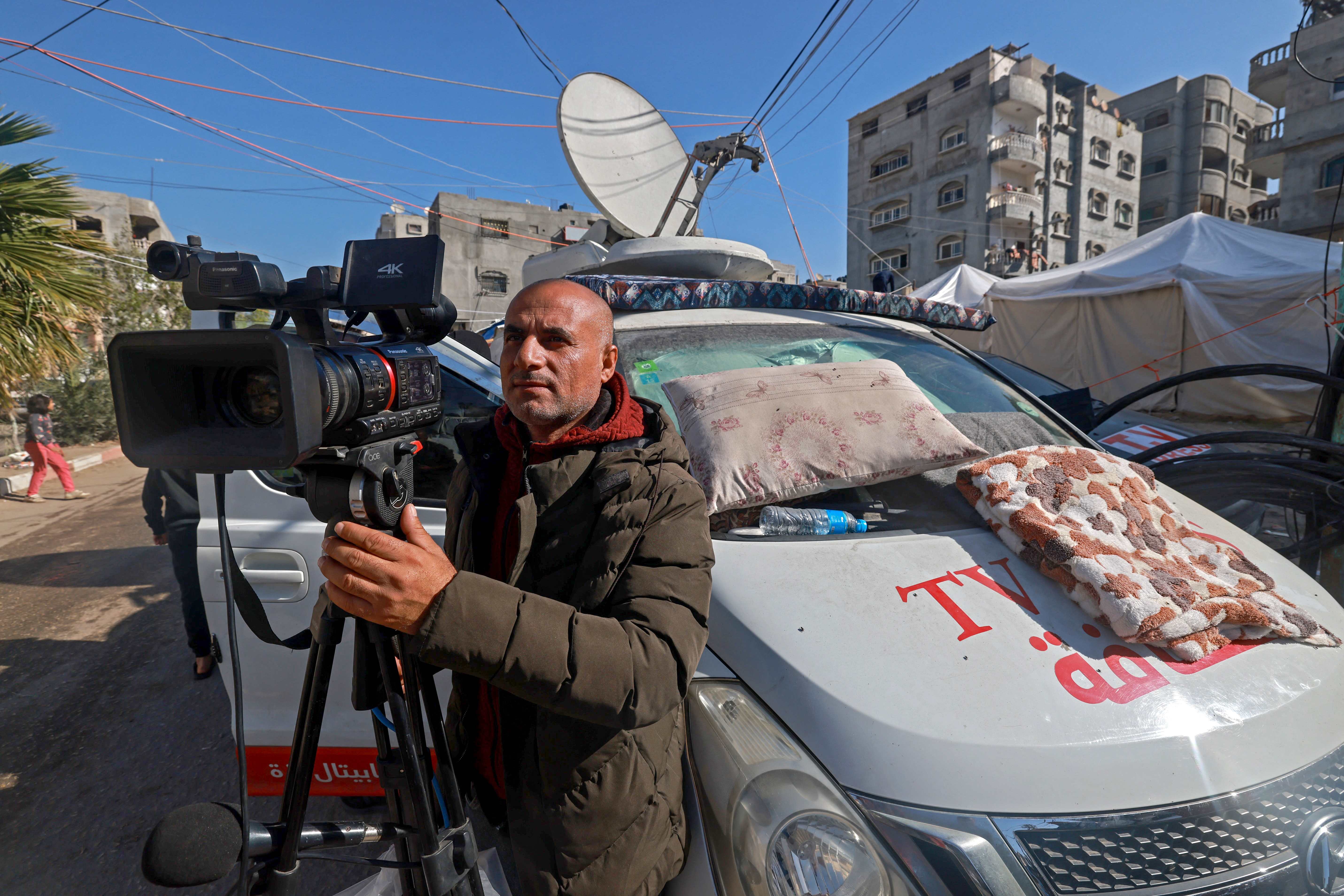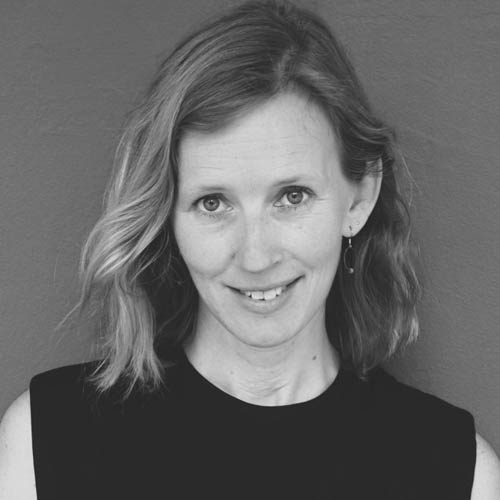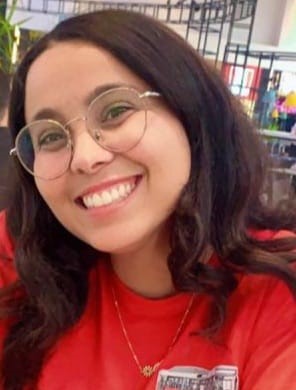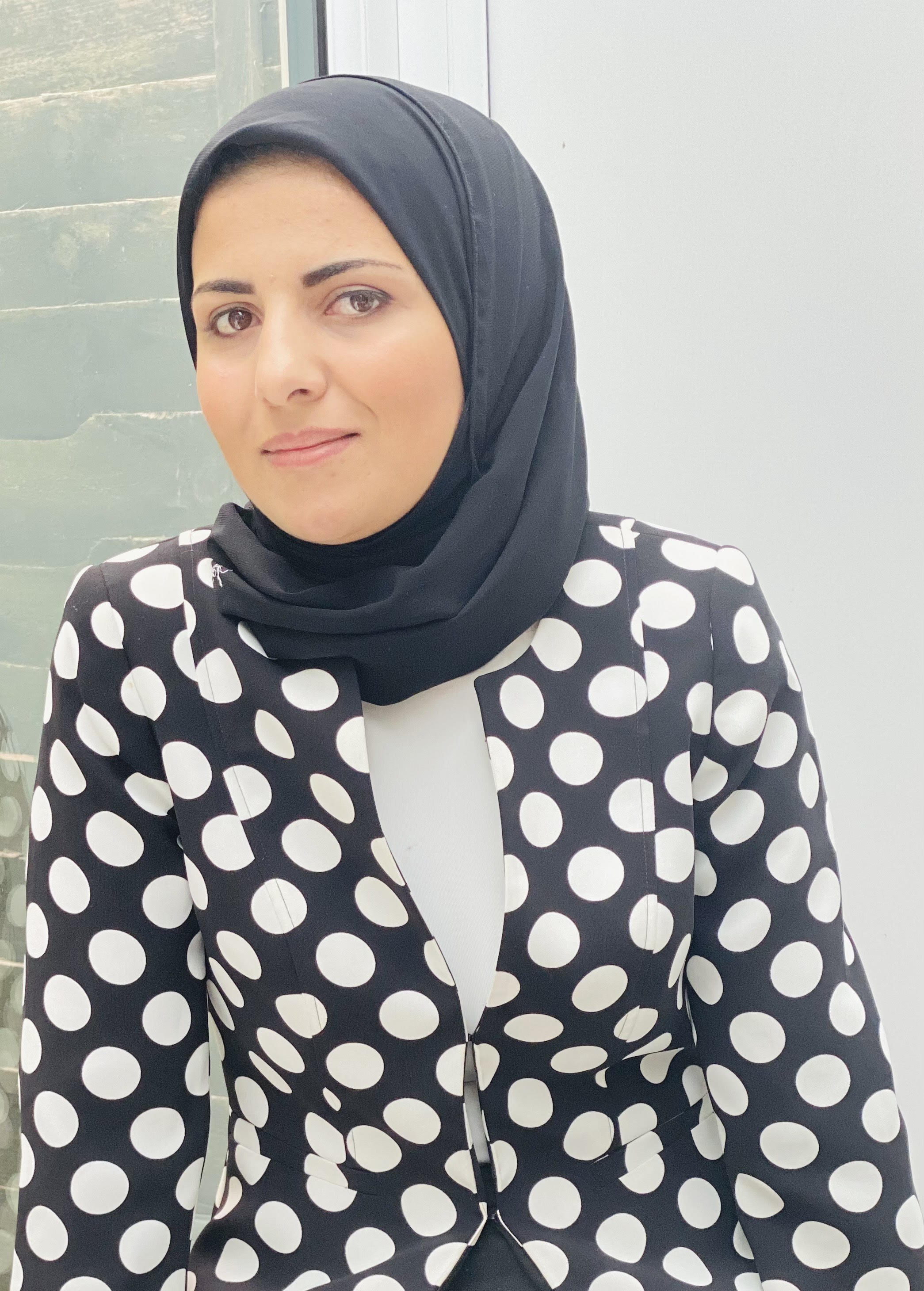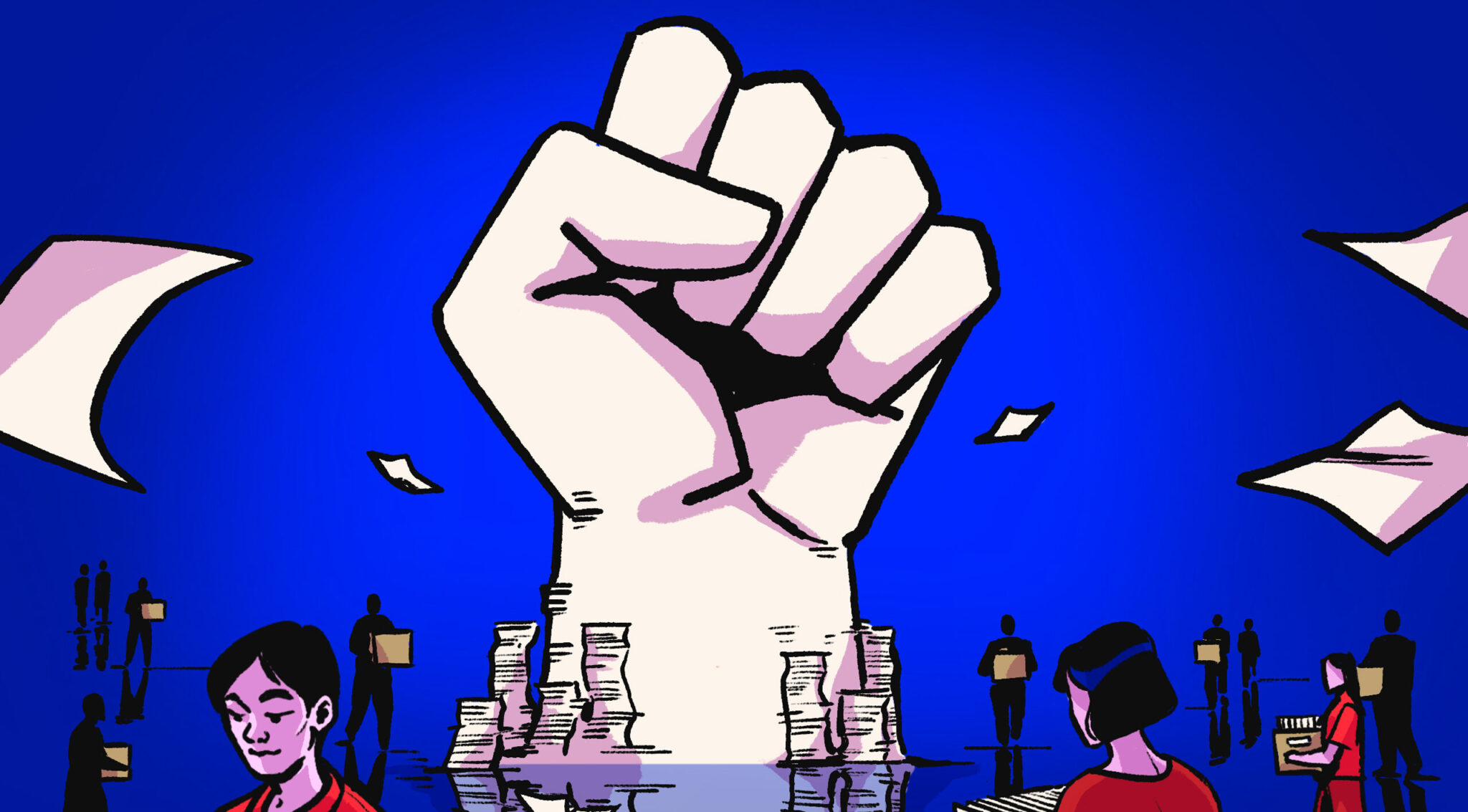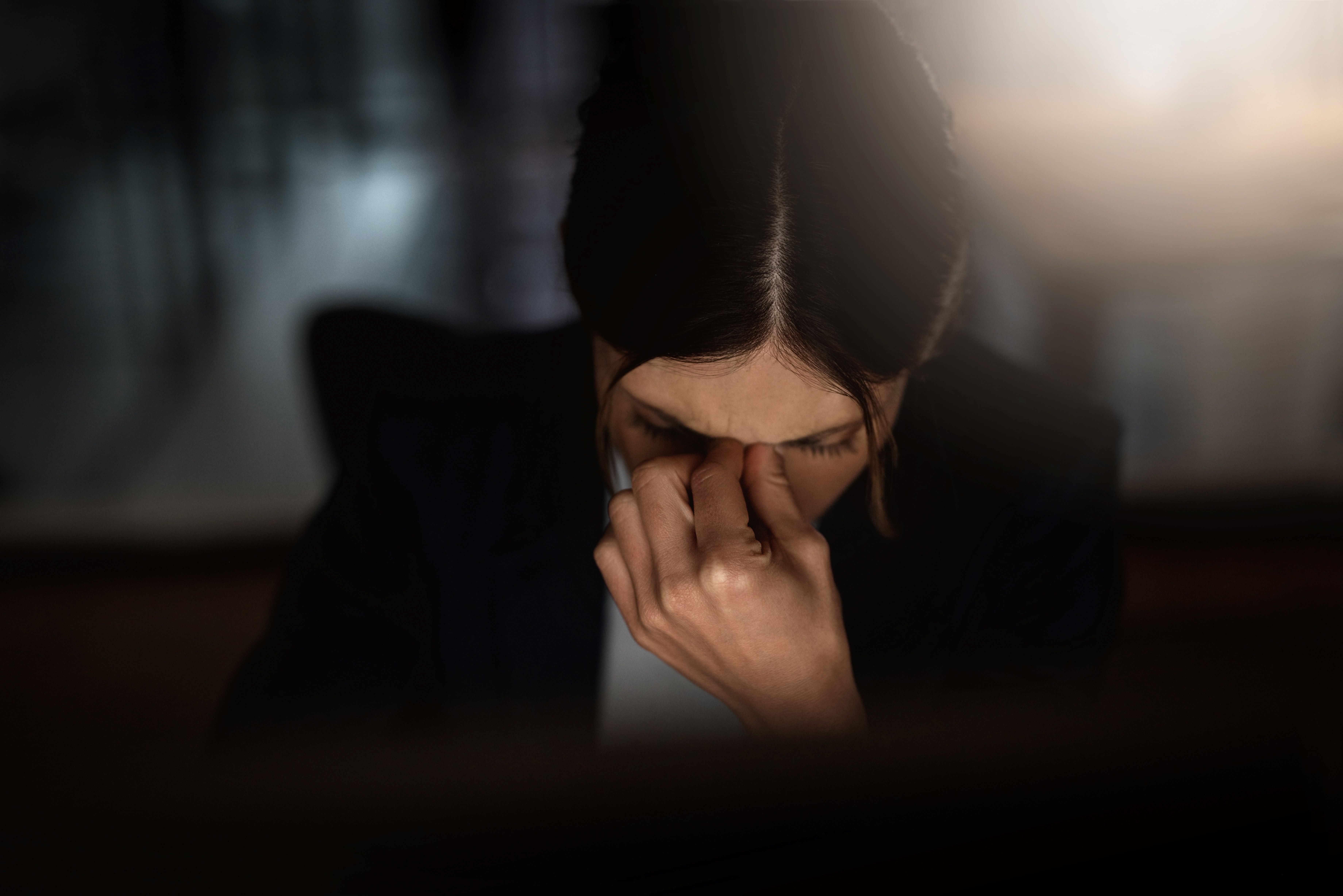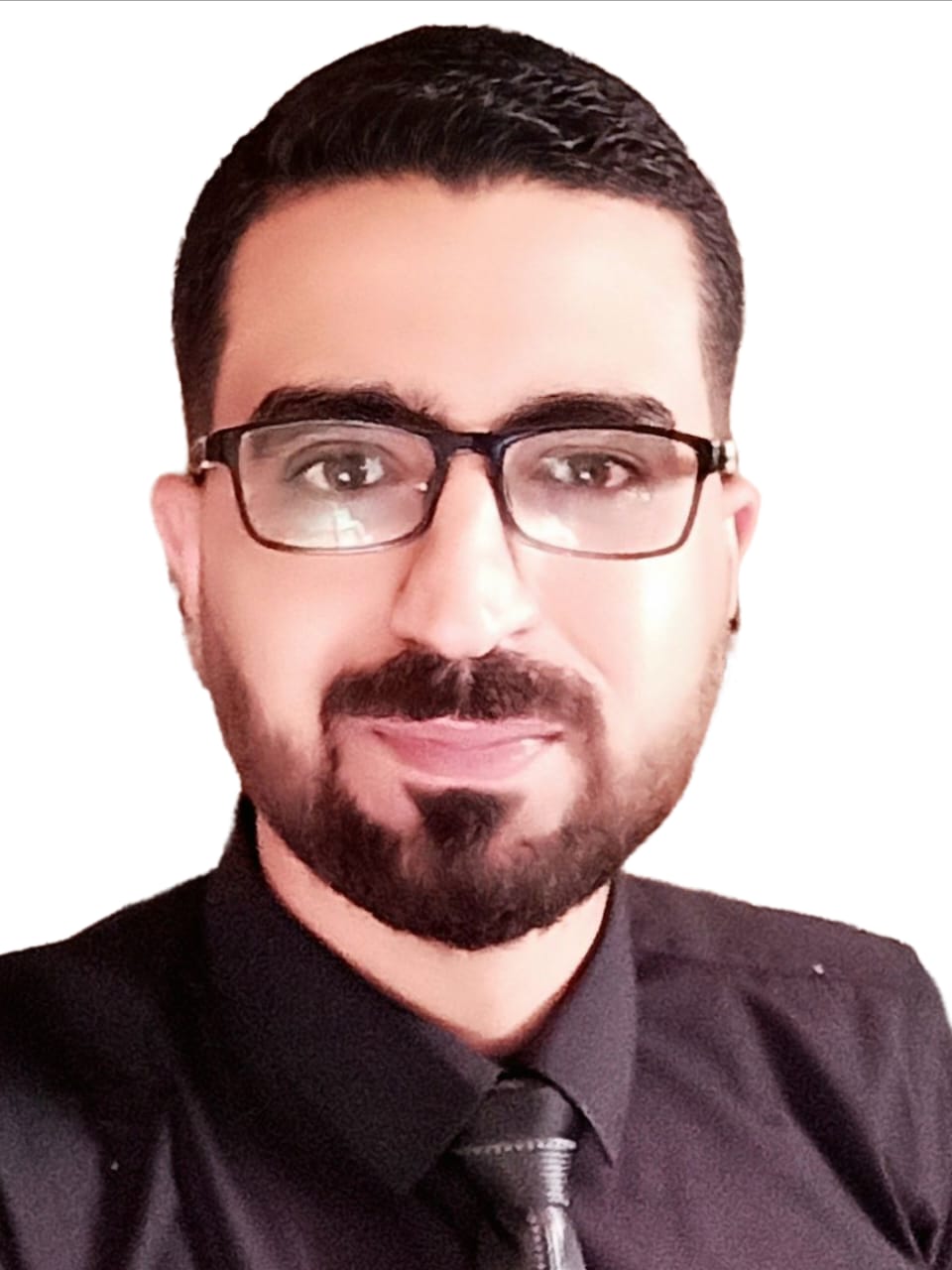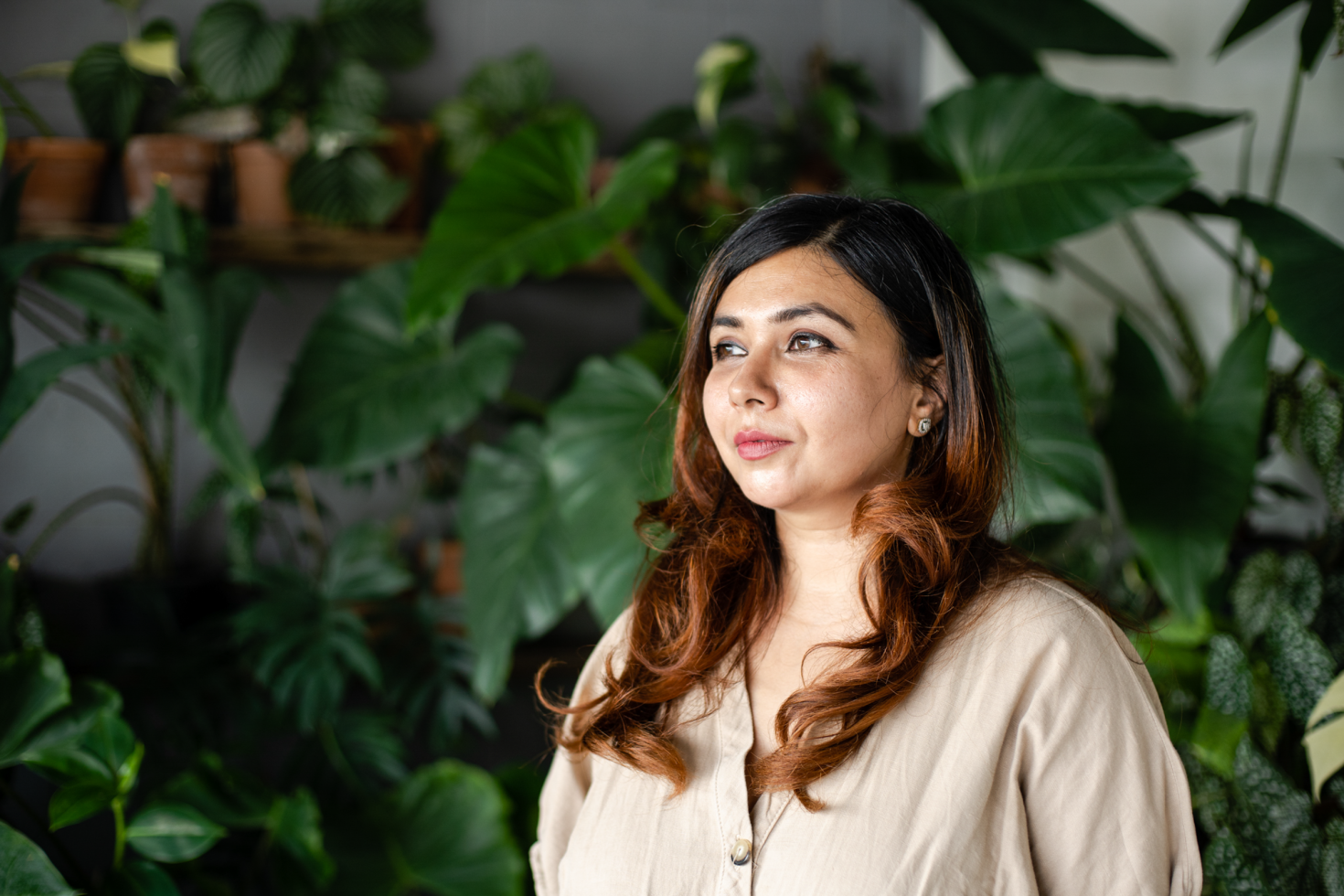"هذا ما فعلته الأونروا وهذا ما تفعلُه إسرائيل، أَنا أرى أَنّ مصير الأونُروا هو مسأَلَةٌ شَخْصِيَّةٌ قَبْلَ أَنْ تَكُونَ قَضِّيَّةً سِيَاسِيَّةً أَوْ مَوْضُوعَ رَأْيٍ عَام".
محمد داود العلي
حين يتوقف البوح، يستشري النسيان وتعمّ اللامبالاة، وحين يطول أمد الصمت، تتعطّل المعاني في الأحداث وتتفتّت الذكريات في النفوس؛ فتنبري الكلمات لإعادة بناء الأشياء المفكّكة، وتنبجس الصور لترميم مفاهيم التشبث بالأرض ومقاومة النسيان وامتداد الحنين، لنقض التواطؤ على الصمت، والثورة على أشكال اللامبالاة. فالمخاطر التي تحيق بالهوية تردي الصمت، والسلطة التي تسعى إلى محو الأثر تجعل مقاومة النسيان واجبا مقدسا؛ ذلك ما حاولتْ أن تنهض به المخرجة سهى إسماعيل عندما التقطت قصة الصحفي محمد داود العلي ونسجت فصولها في فيلم "الأونروا.. مسألة شخصية".
"الأونروا.. مسألة شخصية"[i] فيلم وثائقي في سبع دقائق، نُشر في ديسمبر 2018 ضمن تحقيق إخباري للجزيرة نت، يتضمن متابعة لتطورات صفقة القرن ووَضْع الأونروا (وكالة غوث وتشغيل اللاجئين الفلسطينيين). حصل الفيلم في أبريل 2019 على مكانة متميزة ضمن جوائز ويبي THE WEBBY AWARDS، التي تمنحها الأكاديمية الدولية للفنون والعلوم الرقمية International Academy of Digital Arts & Sciences بنيويورك عن فئة فيديو-أخبار وسياسة. الفيلم من سيناريو وإخراج سهى إسماعيل، وإنتاج الجزيرة. بدأت الفكرة لدى المخرجة من خلال رصد ومتابعة يوميات الكاتب والصحفي محمد داود العلي، الذي يسعى إلى درْء الصمت عن "مخيم النبطية" في جنوب لبنان، ويعمل على بنائه افتراضيا بعد أن هدمته سلطات الاحتلال في أرض الواقع، معتبرا مصير الأونروا مسألة شخصية، بعدما بذلته من أجل اللاجئين الفلسطينيين، ومن ضمنهم العلي.
وفضلا عن "السرد" المنفّذ لبوح مكتوم، والذي يشكل بؤرة الفيلم، فقد شكّلت "الصور" بالأبيض والأسود جزءا وافرا من جماليته، وعملت "الأماكن" على جعل ذكرى المخيم نابضة بالحياة، كما مكّن فعل الكتابة من هضم المأساة وتوثيقها في أفق ردم المسافات بين الشخصيات المكلومة والأحداث المؤلمة، بجعل القضية "مسألة شخصية". أما الموسيقى المختارة بعناية، وزوايا التصوير المحدّدة باحترافية عالية؛ فتخلق لدى المتلقي شعورا بالاقتراب من جذور القضية وحيثياتها يتجاوز ذلك الاغتراب الذي أُريدَ لها أن تُلفّ فيه.
بين الإنسان والمكان
وَجد محمد داود العلي في الإنترنت ووسائل التواصل الاجتماعي فضاء رحبا للتعبير عن أوجاع الذات نحو فضاء مخيم النبطية، وهو يرى النسيان يُفتت ذكراه أمام عيونه يوما بعد يوم منذ مأساة قصفه في 1975، ويتابع المصير المجهول للأونروا في خِضم مستجدات الصراع في الشرق الأوسط. فارتأى الاستجابة لنداء مخيم النبطية، المخيم الذي بنته الأونروا وأشرفت على مدرسته، من خلال إنشاء صفحة على الفيسبوك يتم فيها ترميم ذكريات المخيم وبناؤه افتراضيا، وجعلها شاهدة على عمق المأساة، وظلم الاحتلال، وفضل الأونروا.
يقول العلي: "هذا ما فعلته الأونروا، وهذا ما فعلته إسرائيل، أنا أرى أن مصير الأونروا هو مسألة شخصية قبل أن تكون قضية سياسية أو موضوع رأي عام".
تمتد الأمكنة في الفيلم من قاعة العرض، إلى الأستوديو، والمقهى، ثم البيت؛ أربعة أماكن بمثابة زوايا نظر تبرز التزاما بقضية المخيم ومسألة الأونروا؛ التزاما شخصيا يجسده السارد، وهو يطلق أشغال البناء الافتراضي للمخيم، والتزاما من زملاء العمل وهم يقرّبون هذه المعاناة للجمهور، والتزاما من الأصدقاء بالإنصات والمشاركة في ترميم الذاكرة، والتزاما من الأسرة بالحفاظ على دفْء الرسالة.
ففي قاعة العرض، يغوص السارد وحيدا في صور المخيم وهي تمر أمامه، ولا يكسر هذه الوحدة سوى الانتقال إلى الأستوديو، حيث تلقى الكلمات عناية من تقني يسهر على جودة الصوت، ثم يلج بهو أستوديوهات الجزيرة من أجل "الصدح بالقول"، والتداول في طرق تبليغ رسالة مخيم النبطية ومسألة الأونروا، لمواجهة ما يُحاك لهما في دواليب صفقة القرن. وفي كل ذلك تبدو قناة الجزيرة ومُراسليها وأخبارها أيقونات تنبعث بين الحين والآخر ضمن سيرورة الصور التي لا تتوقف، بكل ما أصبحت ترمز له الجزيرة في الفضاء الإعلامي العربي من حرية الرأي والدفاع عن قضايا الإنسان العادلة، وفي مقدمتها قضية اللاجئين الفلسطينيين.
ثم ينساب الحديث في مقهى عصري مع الأصدقاء تحت وقع كؤوس الشاي وشاشة الجزيرة الإخبارية، ويتدفق الحديث مسترسلا عن أيام مخيم النبطية وقصصه ودور الأونروا فيه... وبعد إشراك الأصدقاء في مهمة كسر الصمت التي يخوضها السارد في فضاءات متعددة؛ يتوجه بسيارته نحو البيت، "بيت الماضي"، الذي يحتضن حكايات الأب والأخ وصورهما، وهما من العاملين مع الأونروا طوال حياتهما، و"بيت الحاضر" الذي يحتضن أسرة صغيرة تتكون من أربعة أفراد. فيشكل "العلي" حلقة وصل بين الأمس واليوم، بين جيل الآباء وجيل الأبناء، حتى تبقى القضية دافئة دافقة بمعاني الالتزام والبوح، مهما طال الزمان واختلف المكان.
الصور بين العتمة والنور
منذ بداية الفيلم، وفي قاعة العرض، تنبعث مجموعة من الصور بالأبيض والأسود، تتمحور حول فصل دراسي يمارس فيه المدرس عشقَ عمله بعيون محبة وابتسامة عريضة، ويتماوج المتعلمون أمامه بعيون واثقة في الحاضر متطلعة إلى المستقبل، وفي الخلفية تملأ السبورةَ مظاهرُ الحياة اليومية، في إشارة إلى حياة مستمرة وهادئة استطاعت الأونروا خلقها رغم كل الظروف المحيطة. ثم تلتئم صور أخرى للمخيم أكثر قربا، تضفي عليها حركة الكاميرا دينامية تجعلها دافقة بالحياة، وتمنحها الأشجار المنتشرة والبيوت ذات الطابق الواحد حميمية وقرباً يجتاحاً كيان المتلقي.
وقد كانت الصورة البؤرة التي حركت أطوار الأحداث في الفيلم هي صورة الهوية المدرسية للطفل محمد داود العلي وفي صدرها شعار الأونروا؛ وهي الصورة الوثيقة التي تعود إلى الموسم الدراسي 1970-1971. تحكي قصة الأونروا ودورها في تعليم أطفال مخيّمات اللاجئين الفلسطينيين، وفي تعليم صاحب البطاقة الذي رفض الصمت عن المؤامرة التي تحاك ضدها. وتتجلى أهمية الصورة كذلك في كونها المحرّض على كتابة نص غاضب على الفيسبوك، حول أدوار الأونروا في تعليم أجيال من الفلسطينيين وضمان سبل الحياة الكريمة لهم.
ثم تتعزز الهوية الورقية بصورة مدرسية، تعقبها صور أخرى في فضاءات المدرسة وفصولها الدراسية، تعزز الانتماء إلى المكان، وتدفع إلى الوفاء للذكرى. لتستمر الصور مواكبةً لفعل السرد السريع ولدلالات الأمكنة التي يتردد عليها السارد وإيحاءات الشخصيات التي يصادفها. فتلعب الصور وألبومها دورا في لعبة البوح وتنشيط الذاكرة وتمرير الرسالة للأجيال الصاعدة، التي تراقب باهتمام دقائق الصور، وتستمع بإنصات إلى القصص التي يبدع السارد في روايتها.
إن صورة قصف المخيم التي ينظر إليها السارد في الأنفاس الأخيرة من الفيلم باندهاش لم تكن النهاية، بل هي جولة واحدة ستتلوها جولة بناء المخيم افتراضيا في مواقع التواصل الاجتماعي، وإعادة كتابة قصته في نفوس اللاجئين الفلسطينيين وكل من يلتزم بقضيتهم. فتجعل الموسيقى التصويرية، وكثافة الصور المعروضة، المخيمَ على مرأى من البصر ومسمع من الأذن. وتستمر الأونروا في عملها في البناء والتعليم، لأنها صارت "مسألة شخصية" لدى كل لاجئ فلسطيني أثَّرَت في حياته وأثْرَت مسيرتَه.
فيسبوك.. شاي.. وكتاب
ثلاثة عناصر بصرية لا يمكن أن تخطئها عين كل من شاهد الفيلم، كما تثير انتباه كل باحث عن الدلالات والرموز فيه، لدورها في خلق دينامية السرد، والتعبير عن الرؤية التي يحملها السارد والمخرجة؛ إما بإعادة ترتيب الفضاءات افتراضيا (الفيسبوك)، أو بالدفع إلى التوثيق وحفظ الذاكرة الجماعية (الكتاب)، أو بالتحريض على البوح وجمع أطراف الأحاديث (الشاي).
يعترف السارد للفيسبوك بفضل منحه فرصة للتعبير عن انفعالاته الذاتية وآرائه الخاصة، بعيدا عن وظيفته الإعلامية التي يتحرى فيها التجرد والموضوعية. فقد عمل من خلاله على نشر تدوينة عبّر فيها عما يُحاك ضد اللاجئين الفلسطينيين قبل أن يتسع الحديث عن "صفقة القرن". وبعد عثوره على بطاقة هويته المدرسية عليها شعار الأونروا، كتب نصا غاضبا تأثر به أصدقاؤه على الفيسبوك وتفاعلوا معه، مما دفعه إلى فتح صفحة سماها "موسوعة مخيم النبطية"، تجمع 920 شخصا من أبناء المخيم عبر العالم. يرممون الذاكرة المشتركة للمخيم ويتفاعلون بينهم ويتبادلون الصور والتدوينات، في جولة أخرى من جولات الالتزام بالقضية الفلسطينية والتمسك بحق العودة.
أما الكتاب فنظراً لدوره الفعال في توثيق الذاكرة وحفظها، فإن له حضورا مهما في هذا الفيلم الذي يسعى إلى كسر الصمت وتبديد النسيان. فبعد ولوج السارد إلى مقر قناة الجزيرة، وفي بهوها يتوجه إلى رفوف المكتبة، وأثناء تقديم نفسه للمشاهد تقع يده على رواية "الفريج"، ويطالع صفحاتها الأولى، وهي رواية للكاتب والإذاعي إسماعيل تامر الذي عشق العمل الإذاعي بكل فنونه، فضلا عن عشقه للكتابة، وهي مساحات مشتركة بين تامر والعلي. ثم يعود الكتاب إلى الظهور في لحظات التحرك لفعل شيء أمام الصمت الذي يلف قضية "مخيم النبطية" ووضع الأونروا. فالتقط السارد كتاب "الواقع الاجتماعي للفلسطينيين في لبنان: التدامج والتمايز 1948-2005"، وهو بتوقيع محمد داود العلي نفسه، فكانت العودة إليه استمرارا في الالتزام بالتعريف بالقضية وتوثيق أحداثها. ثم ينزوي بعد ذلك إلى حاسوبه الشخصي وهو يؤسس لمشروع موسوعة النبطية الذي يعمل عليه، في إشارة إلى إكمال الرقمي لمسيرة المكتوب، بعد أن أكمل المكتوب مسيرة الشفهي.
بينما يحضر الشاي باستمرار في كل لحظات البوح التي تضمنها الفيلم، مع كل ما يرمز إليه الشاي من رمزية الحفظ والانسجام والاجتماع، ففي أثناء الاشتغال التقني على الفيلم في استوديوهات الجزيرة، يبرز فنجان الشاي مملوءاً بجانب السارد، وقد ركزت عليه الكاميرا مرتين. ثم يعود إلى الظهور بجانبه من جديد وهو يشتغل على مكتبه ويستعد للتفاعل مع القضية على الفيسبوك. وفي المقهى مع الأصدقاء لا يحلو الحديث إلا بعد رشفة من فنجان شاي تنشّط الذاكرة وتحرض على البوح.
فالشاي ينشط الذاكرة ويدفع للبوح في لقاءات شفهية مع الأهل والأصدقاء، والكتاب يوثقها ويحفظها بواسطة الكتابة والتواصل مع أصناف القراء، بينما يعمل الفيسبوك على مشاركة محتوياتها والتفاعل الرقمي مع رواد الإنترنت عبر العالم؛ مما جعل هذه البنيات الثلاث ذات أهمية رمزية في هذا الفيلم ونسقه التصوري.
وختاما، فإن قول السارد: "لم يبْقَ شيء من مخيم النبطية يدل عليه، سوى الناس الذين عاشوا فيه ثم تفرقوا بدون إرادتهم" يوضح قيمة الرهان الذي انبرى لكسبه الفيلم؛ فمن خلال بقايا ذكريات وألبوم صور، سعَيَا إلى تشييد صورةٍ لمخيم النبطية وفضل الأونروا على أبنائه، صورة تستطيع النّفاذ إلى مشاعر من عاشوا طفولتهم في المخيم، والوصول إلى نفوس كل المؤمنين بالقضايا العادلة للشعوب. وكسبُ هذا الرهان كانت خلفه جملة من العوامل؛ منها أن الكاتب محمد داود العلي، وهو يفتح خزائن ذاكرته وألبوماته، كان مُوَجّها بخلفية أكاديمية رصينة، ومنهجية بيداغوجية أصيلة. أما المخرجة الشابة سهى إسماعيل فهي من الخِبرات الصاعدة في إخراج الأفلام الوثائقية في شبكة الجزيرة، استطاعت بتوظيف الألوان المفتوحة، والفضاءات الشاسعة المضيئة، والخلفيات الصوتية والموسيقية الغنية؛ أن تُسمع المتلقي صوتَ السرد من عمق التجربة، وأن تُحقق للسارد متعة المتابعة وحسن الاستقبال. كل هذا جعل الفيلم الوثائقي "الأونروا مسألة شخصية" لحظة معرفية ونضالية جديرة بالمتابعة، وأفقا فنيا وجماليا جديرا بالاكتشاف.
[i] يمكن مشاهدة الفيلم على الرابط الآتي:
https://www.youtube.com/watch?v=gSsfSRAqvr0
كما أنه متاح على موقع الجزيرة على الإنترنت www.aljazeera.net.
